15 Nov How Synthetic Fabrics were Invented and Why they are not Sustainable
Synthetic Fabrics: For much of history, the fabric was a luxury available to the elite. The east dominated the production of silk and cotton, which were transported at enormous cost and danger to human life over the Silk Routes to the West. Most people owned one set of clothes which they wore over linen underwear which could be washed.
ABOUT SILK ROUTE, THE PRIMARY GOODS OR IDEAS TRADED, AND HISTORICAL IMPACT
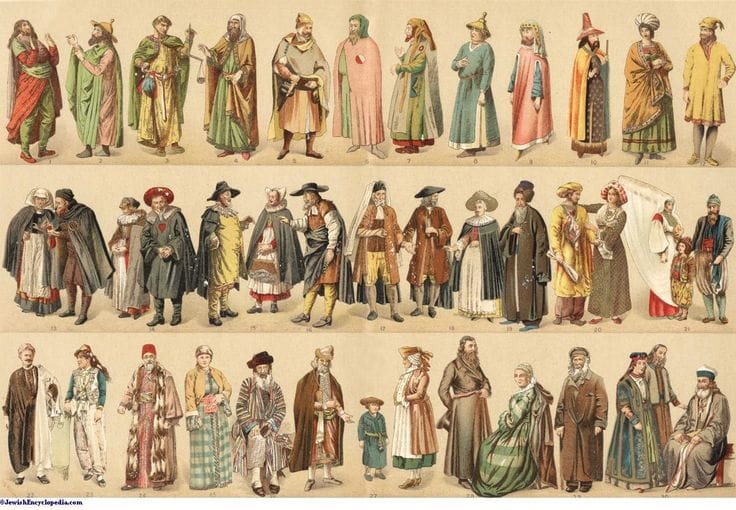

The Invention of Semi-Synthetic and Synthetic Fabrics
Therefore, for the West, the science behind synthetic fibers in the late 19th century was the most beautiful development. Synthetic fibers are made by humans through chemical synthesis, as opposed to natural fibers that are directly derived from living organisms, such as plants (like cotton) or fur from animals. Rayon a semi-synthetic fiber was the first manmade fiber. Regenerated Cellulose or Rayon is made from purified cellulose, primarily from wood pulp, which is chemically converted into fibers. Viscose (also called Artificial Silk or Art Silk) is the most common type of rayon. Modal (silk) is another type of rayon made from beech trees with a similar process to viscose.
The cellulose is treated with caustic soda, and then carbon disulfide is added. More caustics are added until the mixture becomes thick. Finally, this is passed through sulphuric acid, to form rayon filaments which are stretched and cut before being woven into fabric. A mind-boggling array of harmful chemicals.
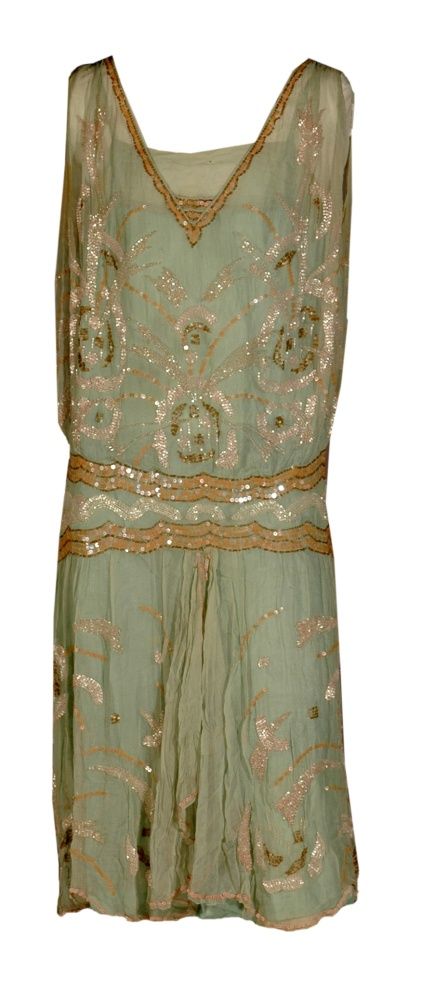
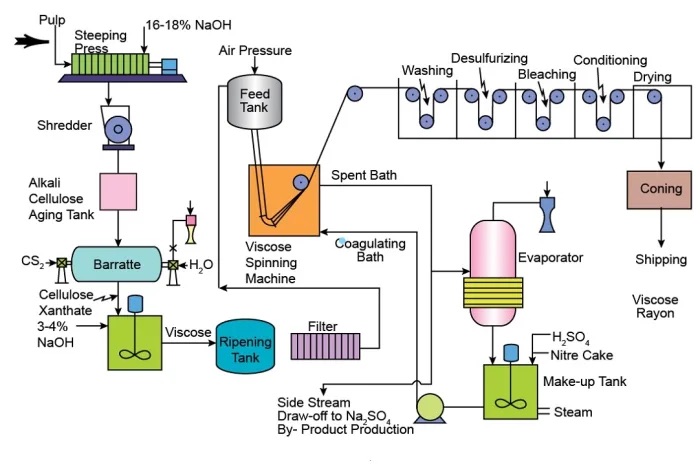

Synthetic Fabrics like Polyester and Nylon are 100% made of chemicals. They are created by a process known as polymerization, which involves combining monomers to make a long chain of polymers. The starting point or the raw materials for Synthetic fabrics are petroleum-based chemicals or petrochemicals just like plastics.
The fibers are formed by extruding a fiber-forming substance, called spinning dope, which is technically nothing but a heated and melted plastic liquid, through a hole or holes in a shower head-like device called a spinneret. The fibers are stretched to five times their length, typically combined into yarn and then weaved or knitted into synthetic fabrics.
The factories were efficient, could produce large amounts of man-made fibers with fewer employees. Thus the cost of the fabric was less. During World War 1, as import was disrupted, synthetics flourished as never before. Companies such as Courtaulds, DuPont, Glanzstoff, and SNIA were set up to satisfy demand in Europe and the USA.
World War 2 saw the stopping of silk import from Japan, a disaster for the stocking industry. Nylon stockings quickly took over for women desperate to wear stockings: a further fillip to synthetics.

Who knew then that synthetic fiber would pose the greatest threat to the environment in future times?
In the 1970s, consumer spending on apparel increased dramatically, helped by clever advertising and an increase in household incomes. Parisian designers such as Givenchy and Chanel were convinced to show collections in synthetics, which hugely influenced public opinion. Over the next decade, the use of natural fibers declined steeply, to virtually half of what it had been earlier.


Effect of manufacturing Synthetic Fabrics and Fibers on the workers
Consumers during the synthetic boom were largely unaware of the dangers factory workers suffered. Workers routinely swallowed rayon dust, which made them thirsty and eventually led to acute lung disorders. Exposure to carbon disulfides could provoke motor problems in the legs, psychosis, trouble with the eyes, and knee problems.

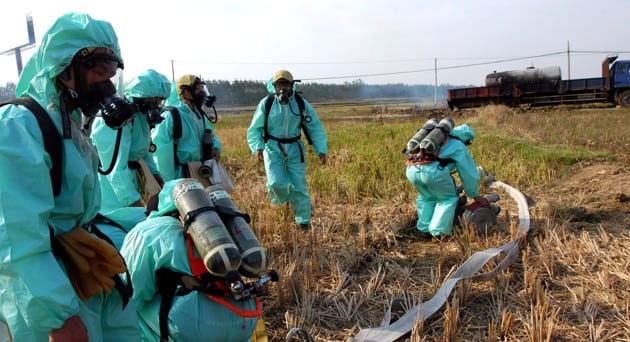
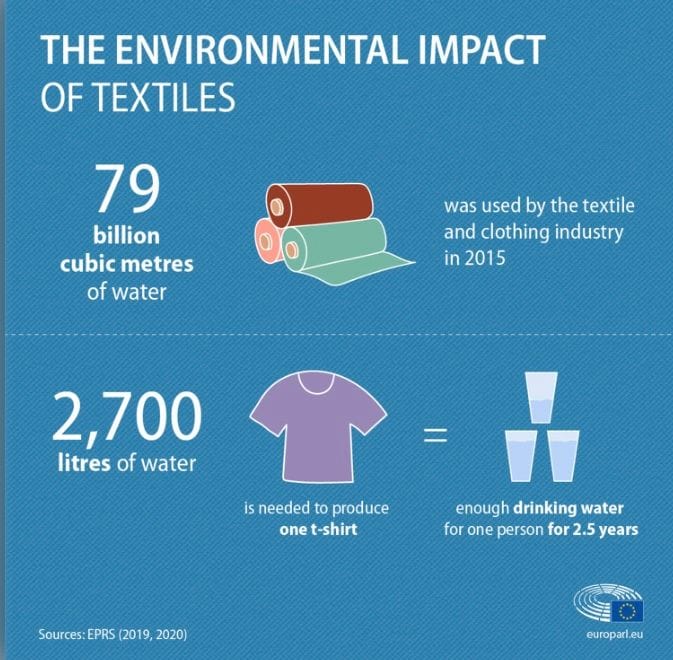
In current times, converting petroleum into polyester is highly toxic, leading to a disruption of hormones and, in some cases, breast cancer. While this applies to factory workers, even wearing polyester can lead to consequences. At the very least, synthetics don’t breathe, causing a build-up of toxins on the skin.
Dangers of Synthetic Fabric and Fiber production to the Environment
In an ironic twist of history, garment production has returned to the east, which offers cheap labor and tolerates exploitative conditions. Most apparel is now made in China, Bangladesh, India, and Sri Lanka. Global apparel giants such as Topshop, H&M, and Zara need frequent new merchandise, and a massive percentage is made in synthetics. In other words, fast fashion worldwide is based on synthetics. To get perspective, 2016 saw the production of 99 million tons of synthetic fibers increasing every year.
For the environment, this is the most terrible disaster. Let’s examine this in detail:
- Forests in the Amazon are being cut down for wood pulp, a key ingredient for cellulose.
- Polyester sheds filaments that degrade water and soil. These are non-biodegradable, and because the decomposition process is long, the pollution caused affects plants, flowers, and marine life. Moreover, polyester garments mostly end up in landfills.
- The textile industry is the largest offender in the emission of poisonous gases, which harm the ozone layer and cause acid rain.
- By-products are routinely dumped into water bodies, causing degradation of rivers, lakes, and eventually the ocean.
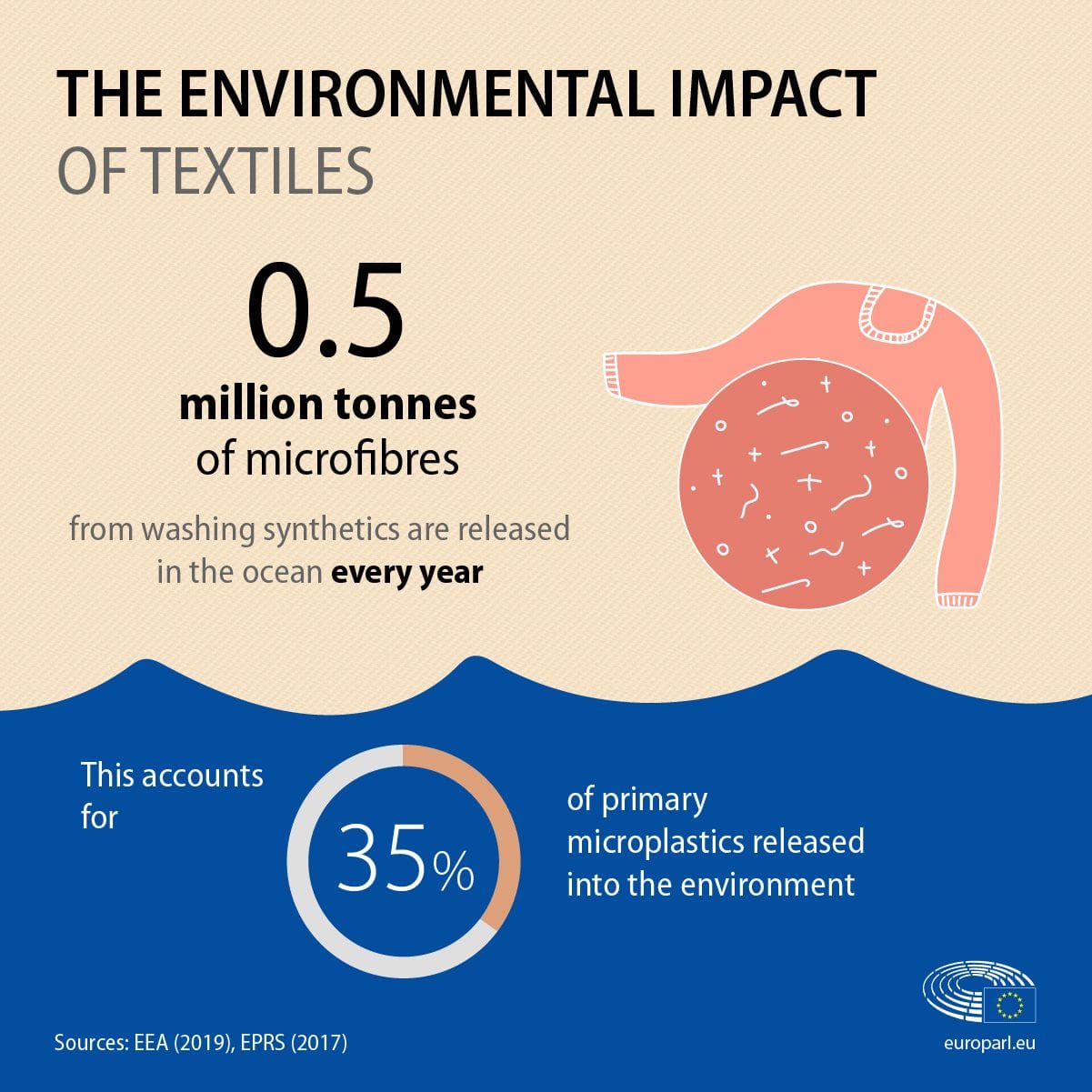
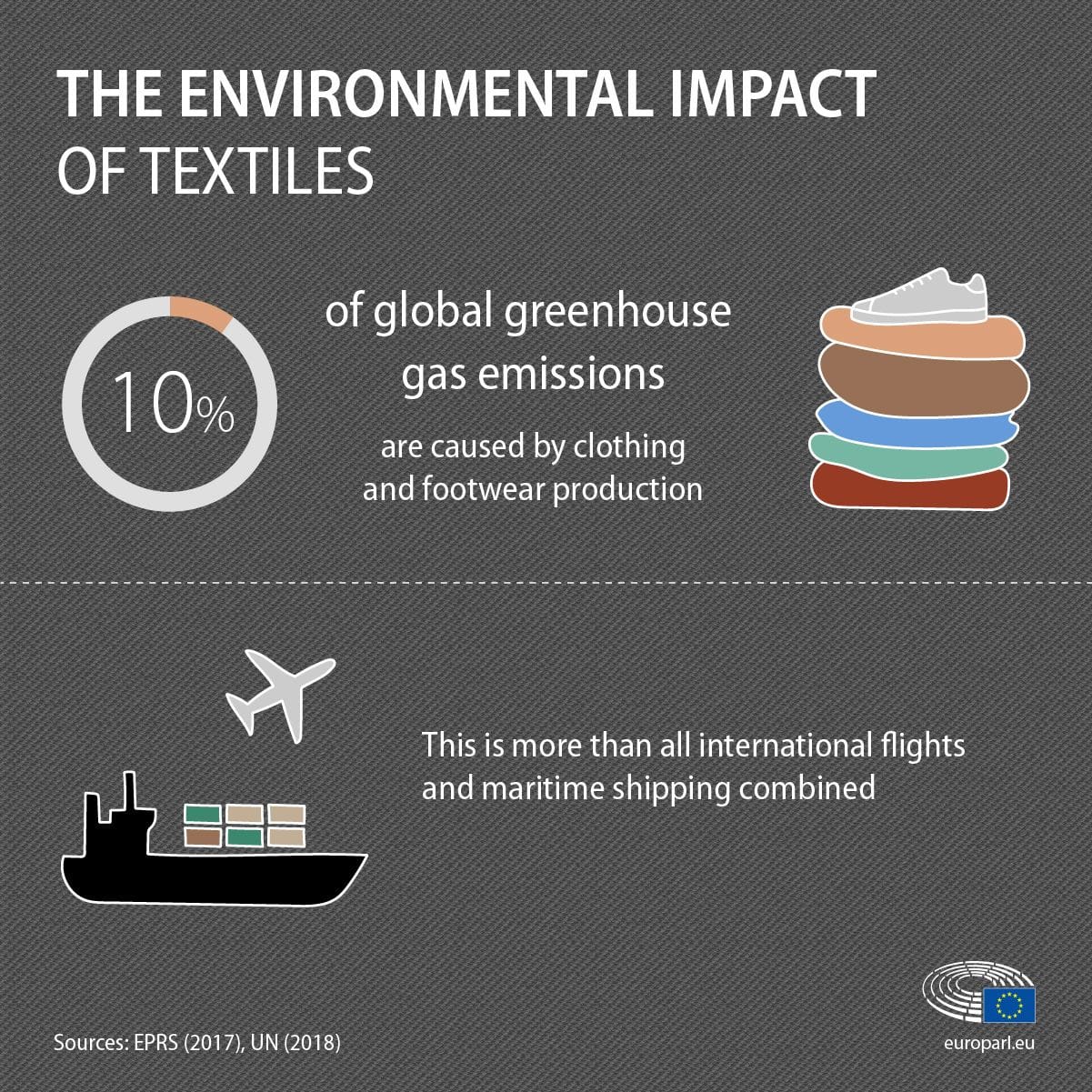
What we can do as consumers
We are paying a massive cost for the rise in synthetic fabrics and the fast fashion they support. Even in human terms, our enormous appetite for more and more clothes, accessories, and footwear, all at low prices, means that we are supporting exploitative conditions in factories, mainly in the east.
There is currently much research on biodegradable environmentally friendly fibers, such as fabrics based on mycelium fungi and silk alternatives from modified yeast. But in the meantime, we as consumers can help by looking for apparel in natural fibers, buying vintage and good quality, and reducing our consumption. My thumb rule lately has been to mull over each purchase for at least ten days. Most times, after ten days, I find I don’t really need the new dress, the new shoes.
Read our Earth Democracy Series
Please avoid all apparel where labels say: wrinkle-free, polyester, rayon, nylon, acetate, spandex, water repellant, flame retardant, anti-shrink. Our children and the generations beyond them will thank us.
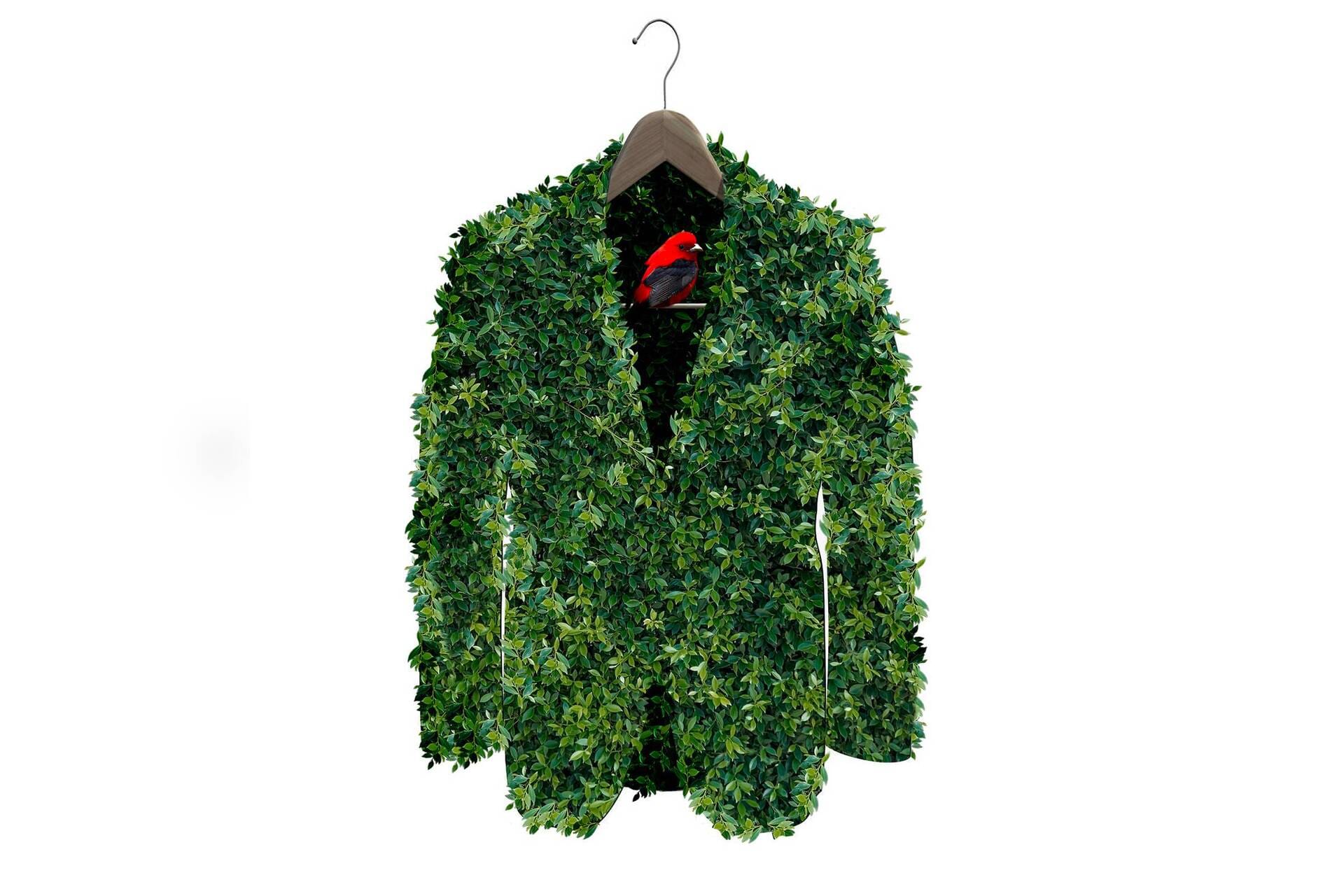
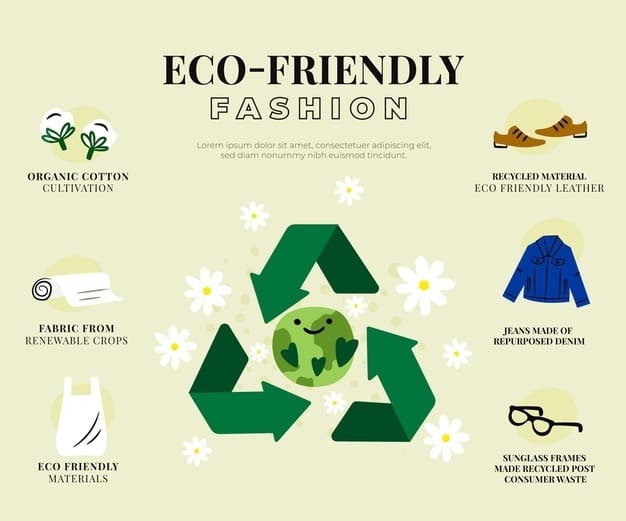
AUTHOR BIO
Mira Gupta is a well-known curator and designer in craft-based luxury. She has had working stints with Fabindia, Good Earth, and Ogaan to promote the cause of craft. She is deeply interested in art, travel, architecture, and culture.
Read more articles by the Author HERE


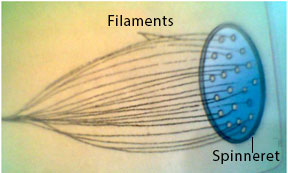

No Comments